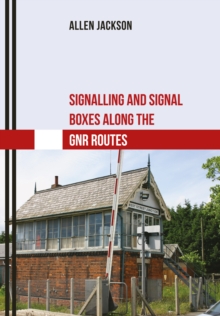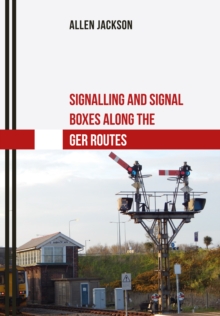
Signalling and Signal Boxes Along the LSWR Routes EPUB
by Allen Jackson
Part of the Signalling and Signal Boxes series
EPUB
Description
The LSWR was quite different to the other southern railways in that it covered not only Home Counties suburban traffic, but also the long reach out to Cornwall in competition with the Great Western Railway.
The destination of Plymouth was jointly reached with the GWR, and this was to be the scene of a number of races between the two companies.
Ocean liners would call at Plymouth to dispatch mail, bullion and passengers who needed to save half a day by alighting at Plymouth.
Later on, transatlantic traffic was centred on Southampton, which meant that the LSWR, in the guise of the Southern Railway, finally won against the GWR. The LSWR section of the Southern Region of BR was the last to retain steam engine workings, until 1967, while the Waterloo–Bournemouth line was being electrified.
This meant that semaphore signalling hung on a lot longer too.
The LSWR also suffered, in the BR era, in that some of it was hived off to the Western Region and former GWR staff in some cases; however, this too produced unusual signalling solutions. In this volume, Allen Jackson explores this history and more, bringing it to life with a thorough collection of photographs and a wealth of technical detail.
Information
-
Download - Immediately Available
- Format:EPUB
- Pages:96 pages
- Publisher:Amberley Publishing
- Publication Date:15/05/2017
- Category:
- ISBN:9781445669397
Information
-
Download - Immediately Available
- Format:EPUB
- Pages:96 pages
- Publisher:Amberley Publishing
- Publication Date:15/05/2017
- Category:
- ISBN:9781445669397










